All the hard work we do is to deliver an awesome user experience. Be it a product or service, we want to hear from our customers if they like what we do.
Why user feedback is important
User feedback is absolutely essential for a documentation site. Most major tech companies – be it Microsoft, Google, Apple, Salesforce, or ServiceNow – have invested in building the finest documentation sites for their products and offerings. In fact, Stripe’s knowledge base has been a key factor in its growth to an estimated revenue of $540M and 1,000 employees. In order to build the best documentation site, it is essential that users are a part of the journey.
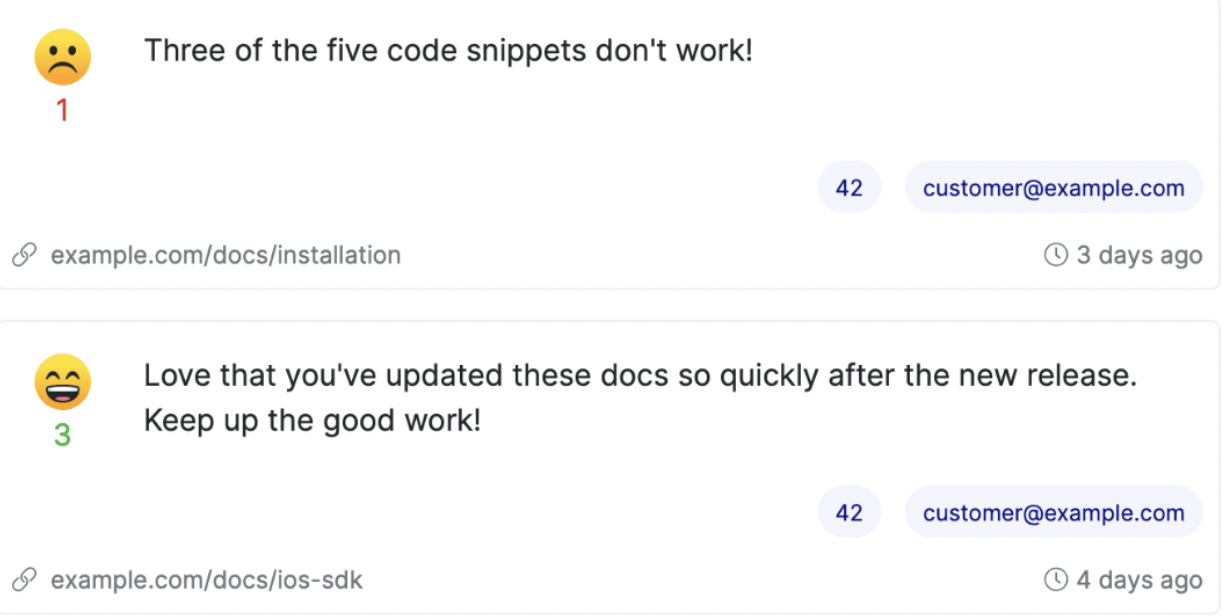
- Publicly available documentation sites are the first touch point for users to learn about an organisation and its offerings. These documentation portals create the first impression on the users.
- User feedback provides the right direction to the teams who develop these sites. It helps them understand what content to deliver and how. Design, layout and user experience on documentation are the other important facets, which help in building a seamless docs experience.
- Are you planning to make significant changes to your docs? Say a complete design change or home page redesign or any other major change, it is always a good idea to roll it out to a few users, get their feedback, fine-tune your strategies and launch it to a larger audience.
- Asking users for feedback also indicates how important user feedback is and shows that we care!
How to collect user feedback
There are a few methods that organisations employ to connect with users and gather feedback.
- User Interviews: The best way to collect user feedback is to talk to users directly. Frame your questions for each user persona and ask specific questions about their experience. For example, while talking to a developer using your docs for integrations, ask questions like:
- Were you able to complete the integration using the docs?
- Was the information accurate and complete?
- Was it easy to understand?
- Would additional aid have made the experience better?
The drawback of this approach is it may become difficult to connect with users for feedback. Also, the interviewer may influence the user to provide a specific type of feedback. But, if done with integrity, this is the best approach to receiving feedback.
- Feedback Forms: Many companies provide a Feedback Form on the docs site to collect detailed user feedback. This is a good way to collect detailed written feedback. But, at times users may not want to spend time filling out feedback details in these forms.
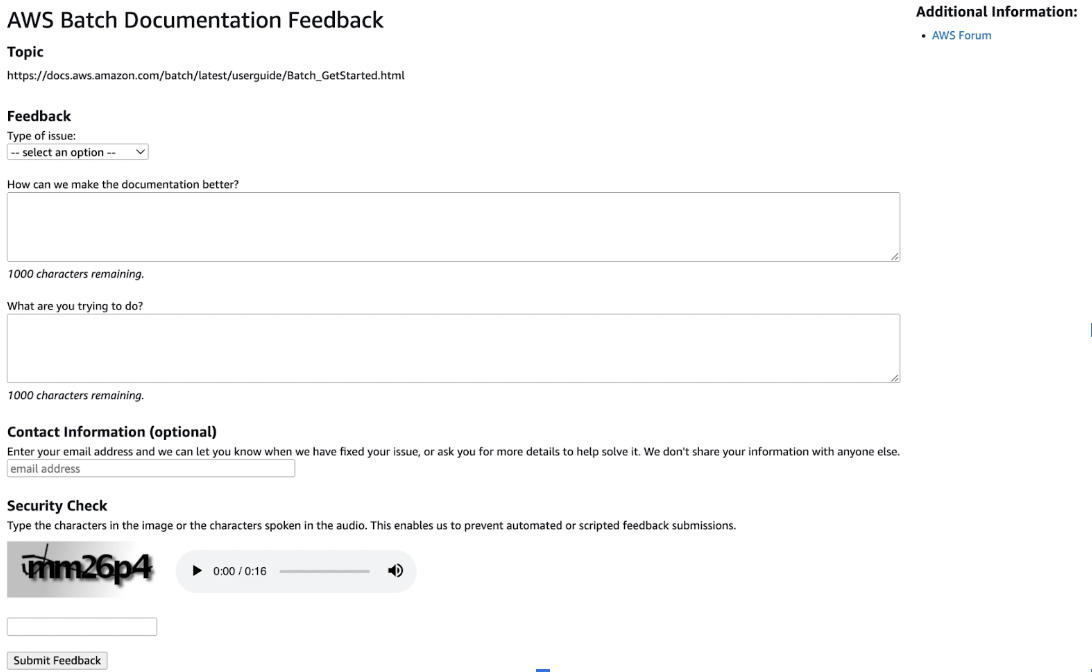
- Embedded Feedback Module: The most recent trend is that the feedback module is embedded within the docs article where the users can provide feedback on the specific article. This approach is useful as the feedback is more specific and at a more granular level. For example, if a user has found some information incorrect, they can highlight that in the feedback section. The content team can work on such feedback and take corrective action.
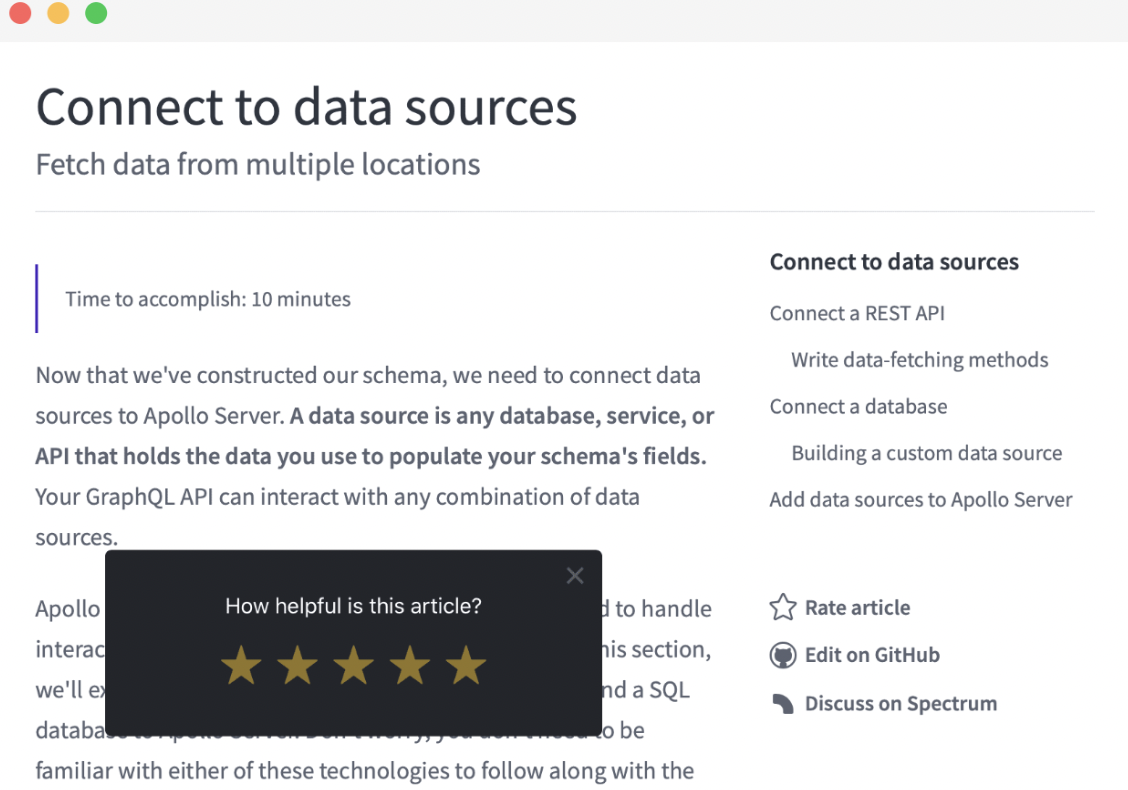
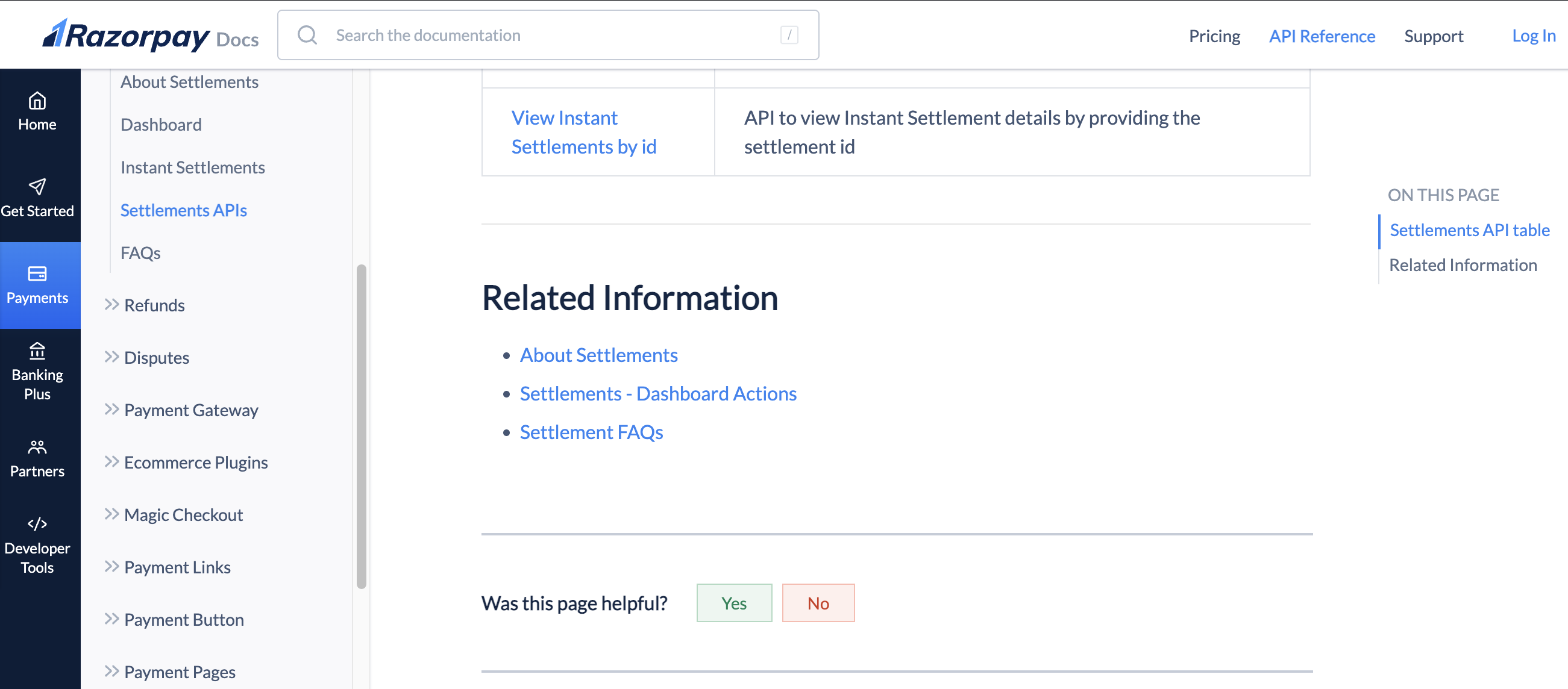
- Surveys: Organisations often conduct surveys with their users to understand how their documents are perceived. These surveys are a good way to collect feedback as these can be shared with a larger set of users and provide an overall score on docs. At the same time, if the surveys are not targeted at the right set of users, they may provide inconclusive results.
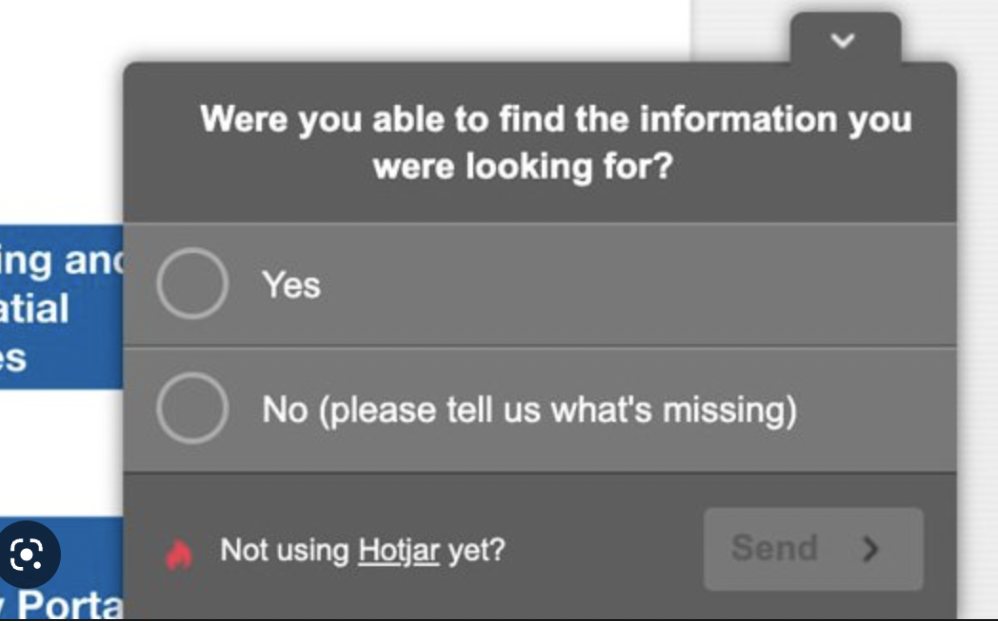
What next?
Well, collecting user feedback is the first step in getting closer to the user and understanding their needs and wants.
- Evaluate and act: After user feedback is collected, the next step is to evaluate the feedback and decide what needs to be incorporated. Act upon the user feedback and make appropriate changes.
- Measure: Collect data about how the changes are positively impacting the user experience.
- Continue the process: Collecting user feedback and taking corrective action should be a continuous process and part of the documentation practices of an organisation.
Wrapping Up
Users have changed. They have become smarter and more aware of what is around. They want to be involved in the processes that build systems for them. Understanding users with user research is the first step towards building a seamless user experience. Collecting user feedback after the systems are built is also essential to cater to the changing needs and wants of the users as the ecosystems and the users continuously evolve. By responding to user feedback, you will never miss the opportunity to connect with them and make them part of the process.
You will not only be able to deliver what users want but also develop a rapport and trust with them, and all of this is precious!





